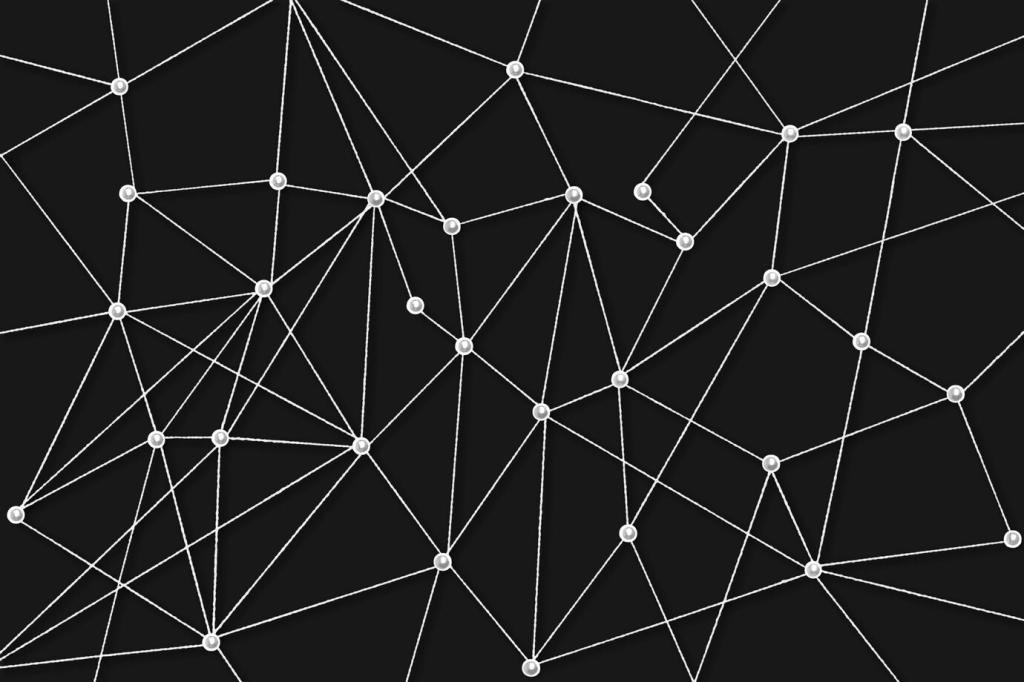Cybersecurity and Resilient City Systems
Network segmentation, mutual authentication, and signed firmware keep devices trustworthy. Asset inventories and continuous monitoring catch anomalies early, while secure boot and key management protect critical roadside units and intersections from tampering.
Cybersecurity and Resilient City Systems
Active‑active data centers, multi‑path fiber, and cellular backup keep services online during fiber cuts or storms. Tabletop exercises, clear runbooks, and post‑incident reviews turn scary outages into learning moments and stronger operations.









